By Michael O’Hanlon
The Korean War is sometimes called America’s forgotten war — but that title really now belongs to the Afghanistan conflict, soon to be 18 years old. Several hundred thousand Americans have served there since October 2001; more than 2,000 have died. The war has cost the United States roughly $1 trillion, and the Department of Veterans Affairs’ costs for the injured will add several hundred billion dollars more in the decades to come.
About 15,000 Americans (and another several thousand foreign troops, most from NATO nations) still serve in uniform in Afghanistan, with an estimated additional annual cost to the American taxpayer of some $20 billion. We have been suffering 10 to 20 fatalities annually in recent years, as well.
Do these talks have a serious chance? Alternatively, is apparent progress in the negotiations taking place in Doha, Qatar, a mirage in the Arabian desert?
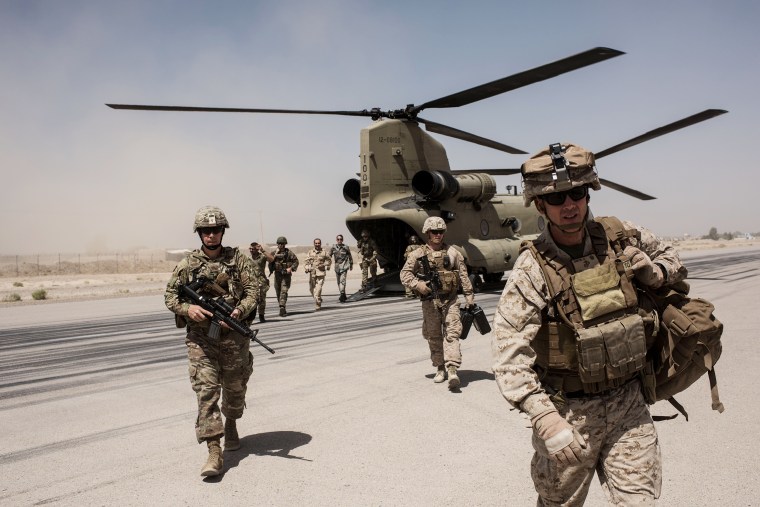
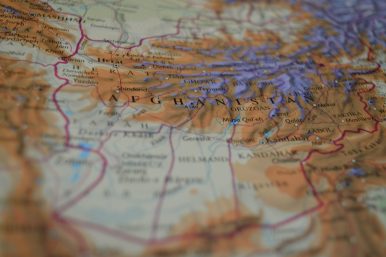





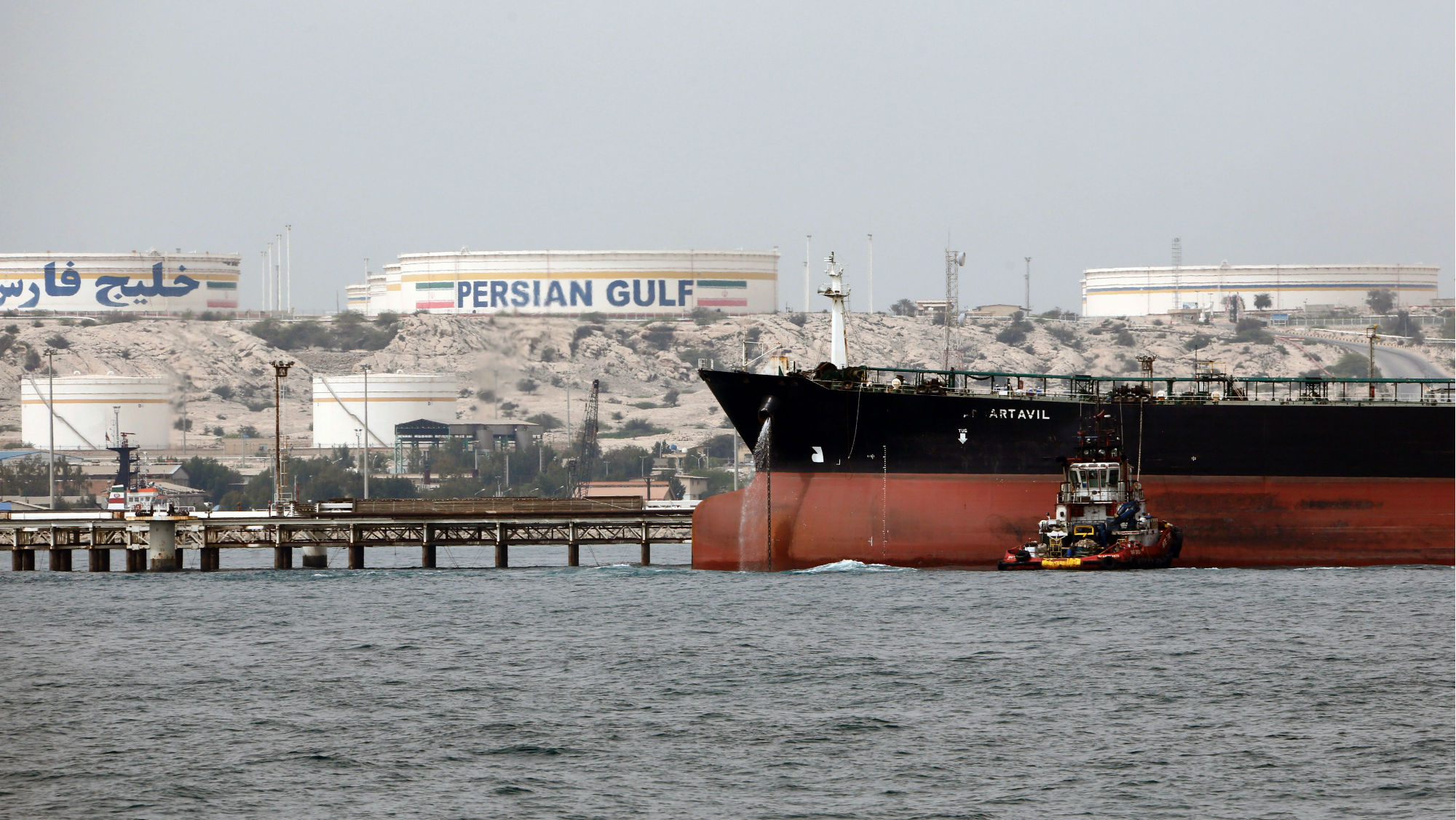




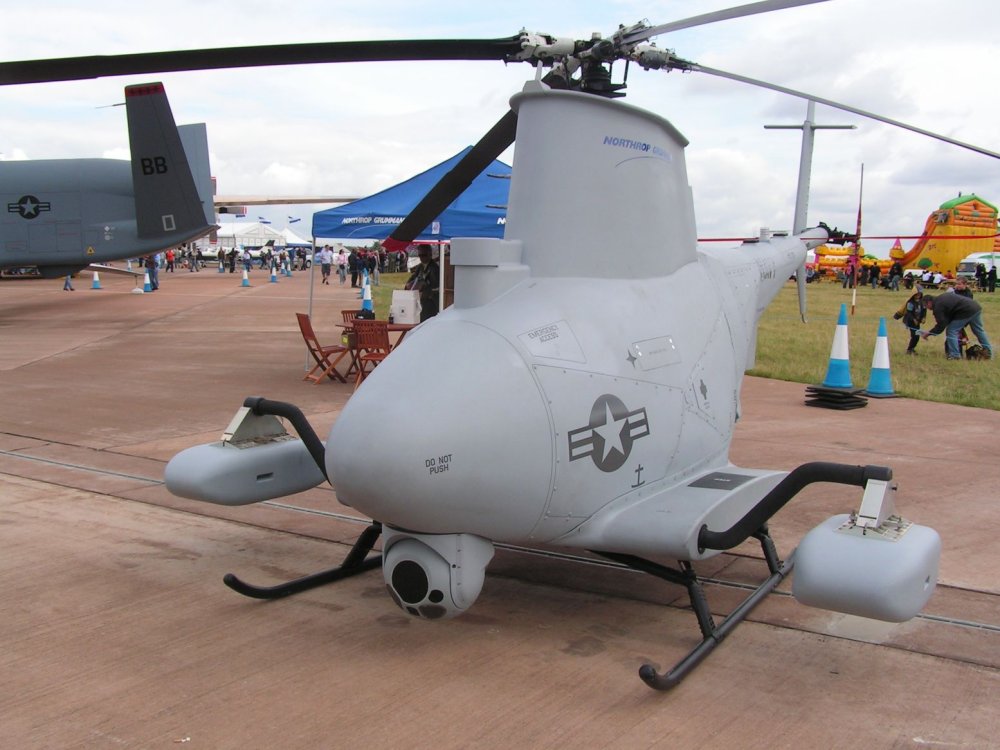

/arc-anglerfish-arc2-prod-mco.s3.amazonaws.com/public/BSFC5IFMSZBZBEP7UXID35AEHI.jpg)
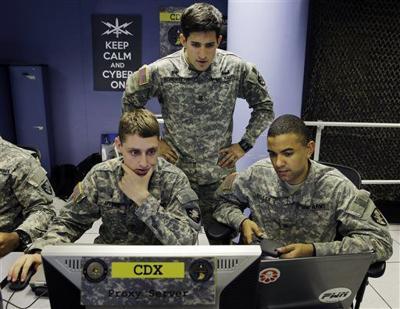

/arc-anglerfish-arc2-prod-mco.s3.amazonaws.com/public/4AFKG3BAXJH73OQ3N2LMAPHOZA.jpg)

